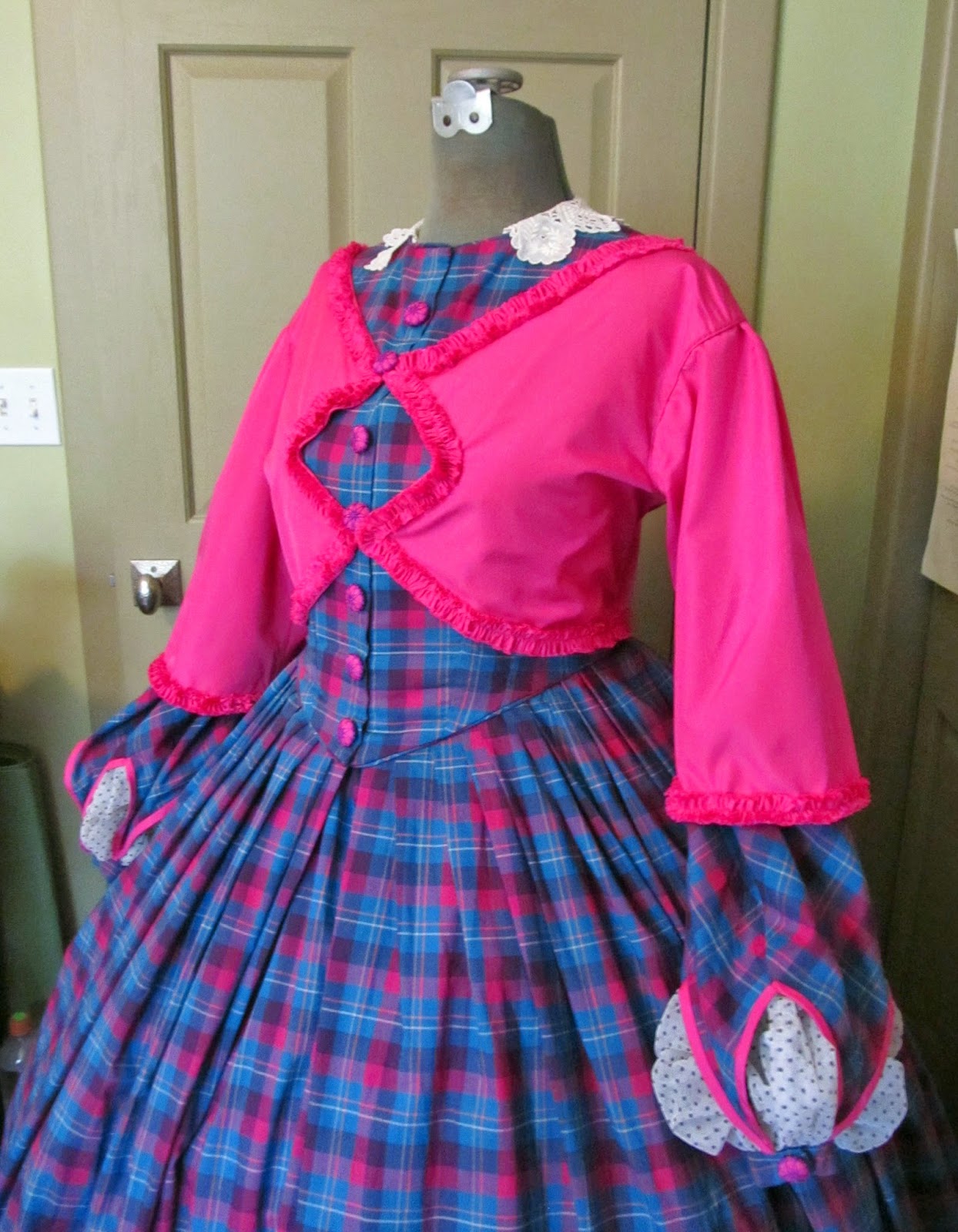Three Pines Studio, in Cross Village, Michigan, started the summer season with a show that had Emily Dickinson and her "Gorgeous Nothings" as inspiration and have chosen to end the season with another poet as inspiration: Walt Whitman.
From the call for entry for I COLLAGE MYSELF: Contemporary portraits of Ourselves and Our Experiences. A Tribute to Walt Whitman:
"Poetry is important...It continues to stand the test of time maintaining its relevance. Its readers during Florentines of Dante's time found its phrases just as enthralling as the hipsters of our time. Poetry paints, sings, whispers, tests and twitters. The poet, Walt Whitman, continues to offer us a portrait of ourselves within the words of Song of Myself. Whitman embraced an art of fragments that encouraged him to 'cut and paste' his lines into ever-evolving forms based on what he called 'spinal ideas.' It is this method that relates to our current everyday collaging of interests and opinions on social media such as Facebook. Walt Whitman created portraits of our collective self - slices of life, farmers, sailors, dock workers, soldiers, etc."
"It was his creative process of collaging phrases that hinted of the work of visual artists (who used the same technique with paper collage) such as Matisse, Braque and Picasso; who like Whitman, communicated thoughts and ideas through simple visual forms of color and shape. Creating their works of art and speaking to the reader or viewer through the visual fragments collaged created a whole. It is with this in mind that we are inspired to create our won art and invite others to do the same."
"In our call for artists we don't necessarily mean a self portrait. We mean a portrait of our lives today. Portrait means a collaboration of parts that come together collectively in the expression of works - whether in objective landscapes, figurative work or no-objective abstractions. It is the synthesis of these creative parts that create the whole."
The piece is a vastly over-sized "charm bracelet", with each charm representing a life experience, a mental attitude or just a view point on how we should live our lives. Each has a very particular meaning for me, but I'd prefer not to reveal those personal meanings - you may see/feel something entirely different when viewing the charms, based on your own personal life experiences.
Each charm is made of found objects, some man-made, some natural and lots of beads. They are simply, even roughly attached to a wrought iron ring - life is NOT pristine or perfect!
The show runs through October 30th, do visit if you're in the area.
















.JPG)


















.JPG)













.jpg)
.jpg)


.jpg)
.jpg)

.jpg)









